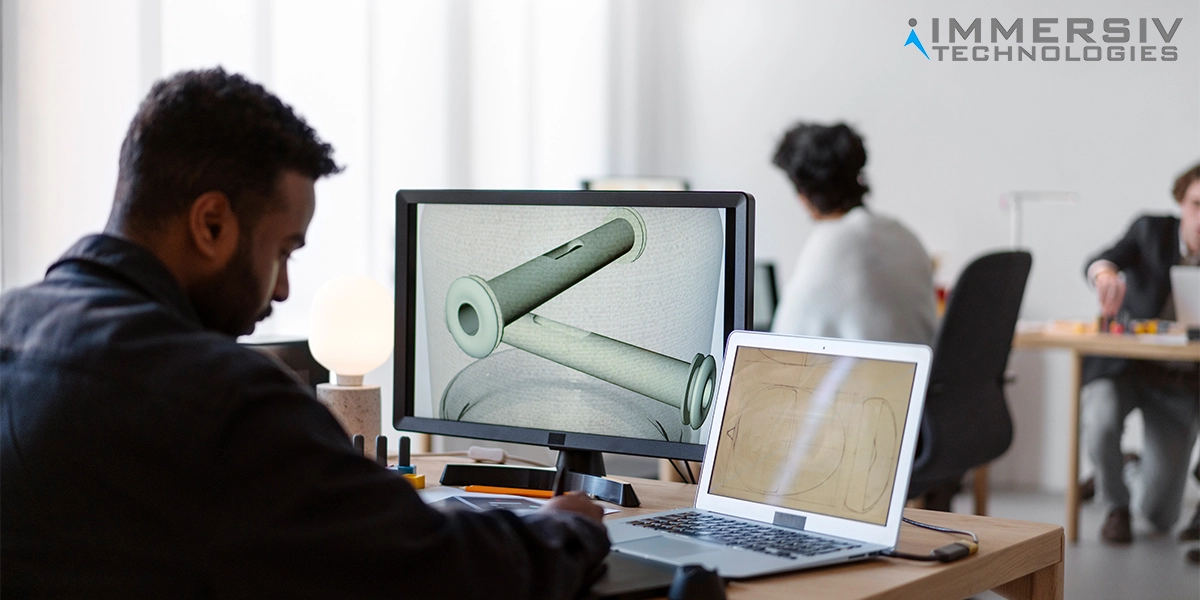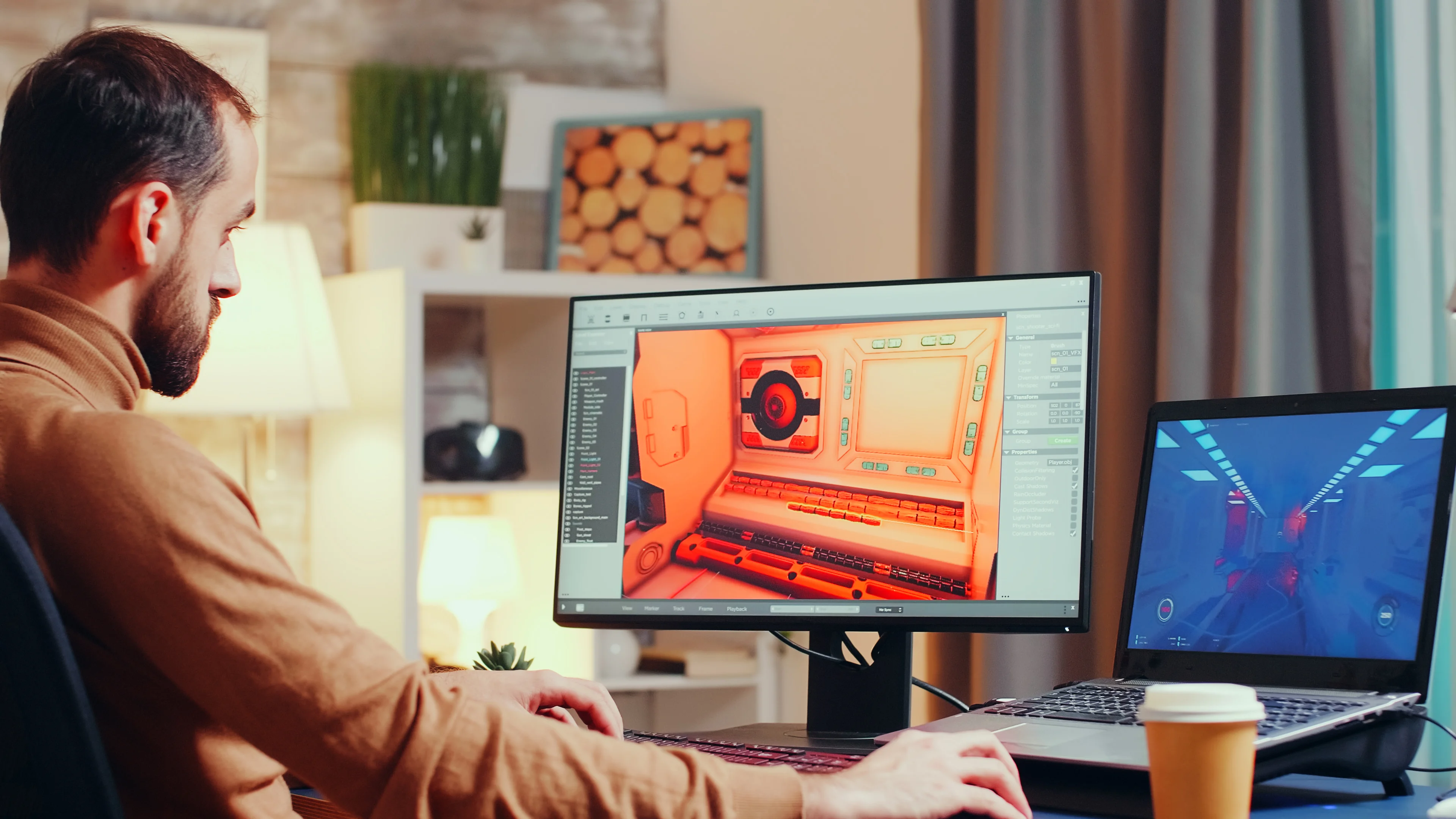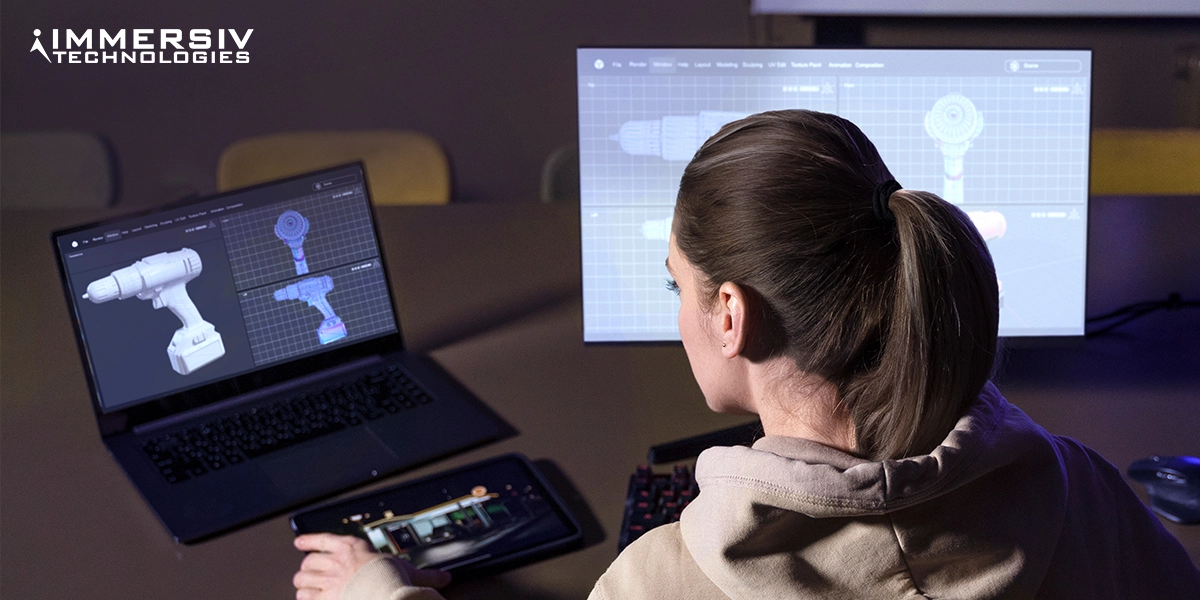Table of Contents
Product development has come a long way since the Industrial Revolution. Precision, efficiency, and innovation are paramount in its landscape. With the advent of new technologies, the product design development process has become more efficient and effective.
One such technology that has revolutionized the development process is 3D design engineering. A paradigm that revolutionizes the way products are conceptualized, prototyped, and brought to market.
The Evolution of Product Development
Product development has evolved over the years. In the past, product development was a lengthy process involving many trial-and-error, manual drafting, and physical prototypes. With the advent of new technologies, the process has become streamlined.
In modern product development, extensive research, design, and testing are crucial. Despite the significant advancement of CAD, its limitation to a 2D space constrains the depth and realism of designs.
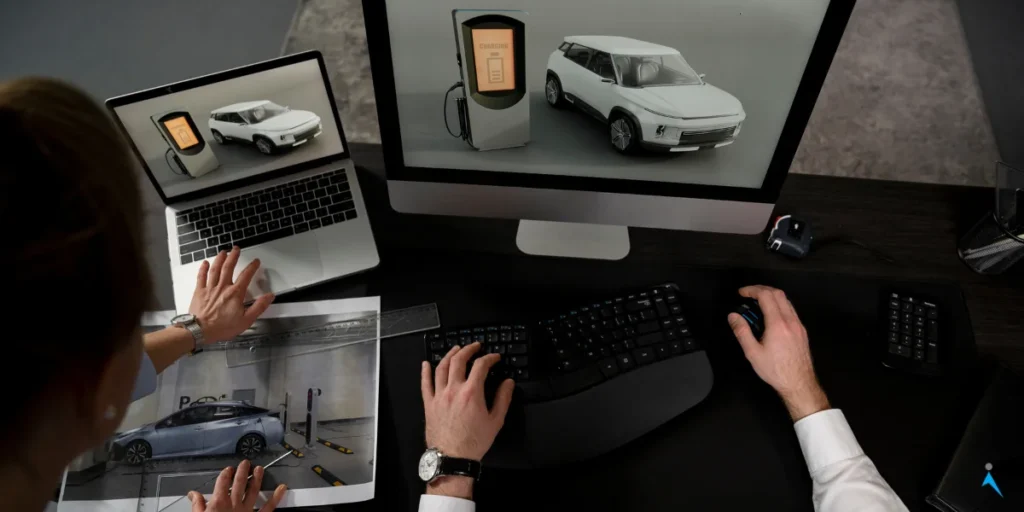
The quest for more immersive and detailed modeling tools is ongoing in pursuit of innovation. This paved the way for the evolution of 3D design engineering. The use of 3D engineering has made the process even more efficient.
What is 3D Design Engineering?
3D design engineering is the process of creating three-dimensional digital models of products. Engineers can use this model to visualize and test the product before manufacturing it. It enables a more comprehensive and immersive representation.
It involves using specialized software to simulate the physical appearance and functionality of a product in a virtual environment. This multidimensional approach allows designers and engineers to visualize, analyze, and optimize every aspect of a product.
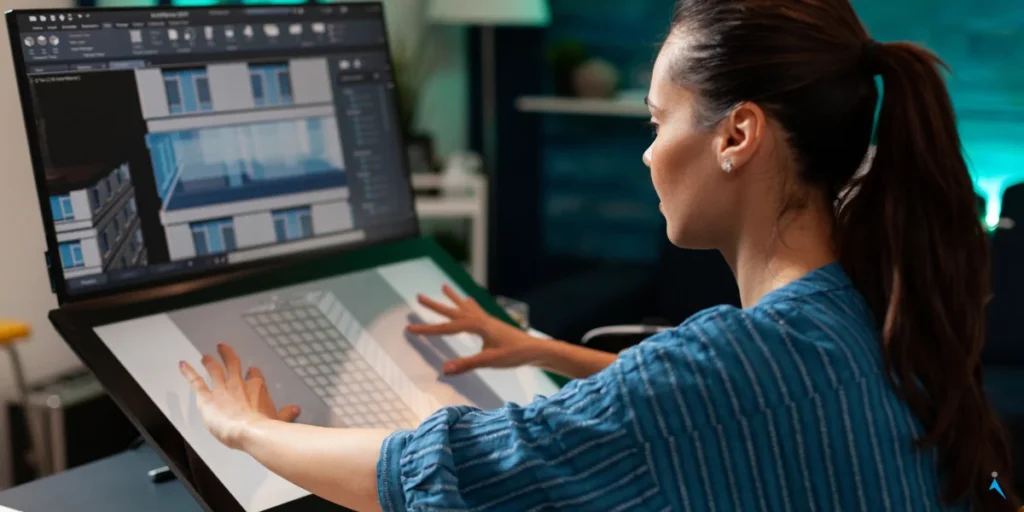
3D designs have applications in various industries, including automotive, aerospace, and consumer goods.
Benefits of 3D Design Engineering in Product Development
- Agile Development
Digital renderings respond swiftly to urgent requests, offering personalized solutions globally faster than traditional physical models.
- Sustainability
3D design engineering minimizes physical prototypes. It meets sustainability standards and significantly reduces waste in product design.
- Design Efficiency
3D modeling cuts design time and costs. As a result, it enables comprehensive evaluation of components, testing, and updates before production, eliminating the necessity to begin anew.
- Flexible Prototyping
Versatile 3D designs enable easy product prototype development from various sources, streamlining design assessment.
- Precision and Quality
3D scanning and modeling ensure accurate virtual representation, guaranteeing quality and precision in design implementation.
- Streamlined Design Development
Revolutionizing the product development landscape, 3D design engineering disrupts the cycle of iterative revisions and prototype orders. This transformative approach accelerates the entire product design process, fostering efficiency and precision.
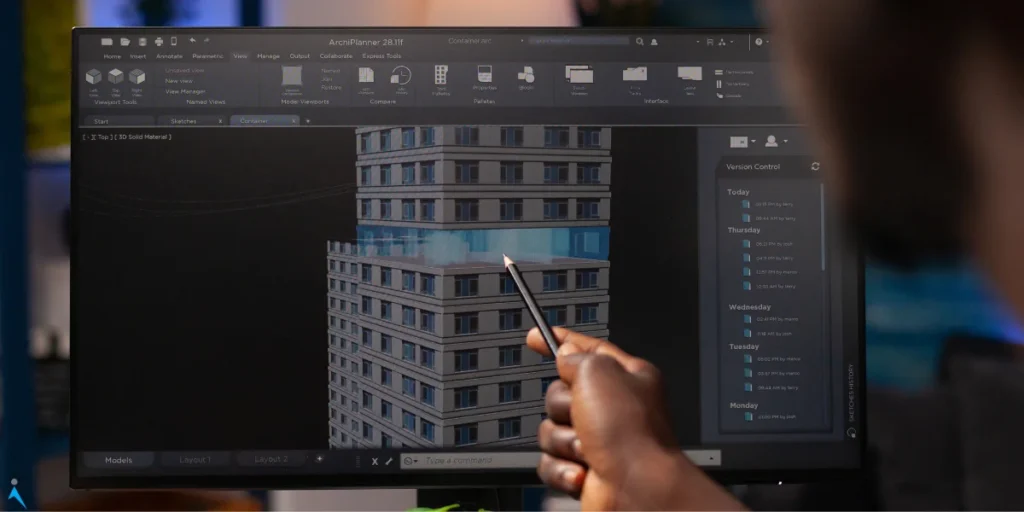
Challenges and Solutions
While the benefits are immense, challenges persist. Integrating 3D design engineering into established workflows can be daunting. However, advancements in training programs and user-friendly interfaces are breaking down these barriers, making the transition smoother.
- Learning Curve
The transition from 2D to 3D design may pose a learning curve for design teams. The investment in training and upskilling is a worthwhile endeavor that pays off in increased productivity and creativity.
- Software Compatibility
Compatibility issues between different 3D design software can hinder collaboration. Standardizing software within an organization or using platforms that support various file formats can address this challenge.
- Resource Intensity
Creating detailed 3D models requires significant computational resources. The latest cloud based 3D softwares can help mitigate resource constraints. These innovative tools streamline and optimize 3D modeling and design processes, offering a multitude of benefits.
Future Trends in 3D Design Engineering
The future of 3D design engineering looks bright. As technology evolves, we can expect to see even more advanced tools and techniques for creating 3D designs.
VR and AR Growth: Affordable virtual reality (VR) and augmented reality (AR) tech will drive the demand for 3D content, empowering designers to create immersive collaborative environments.
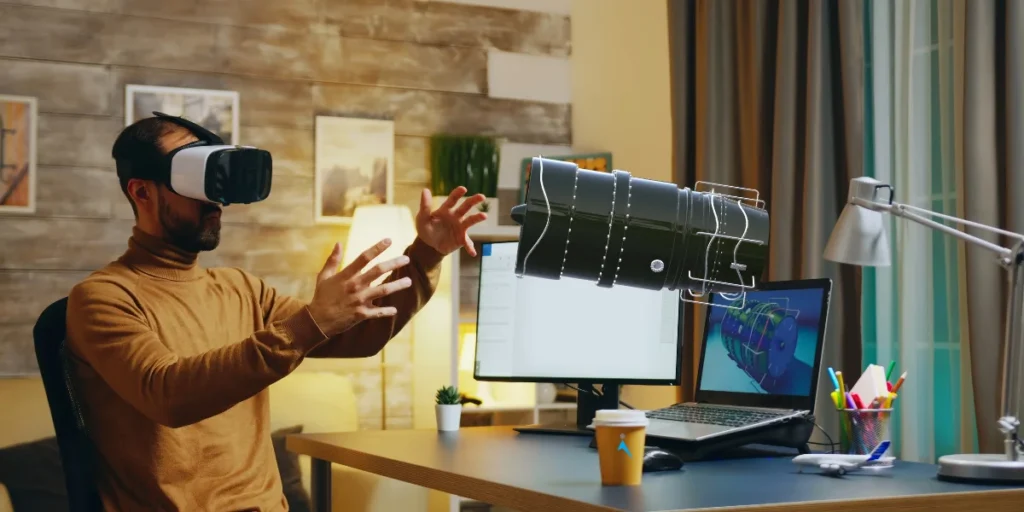
AI Efficiency: Artificial intelligence (AI) advancements accelerate 3D model creation, optimizing design workflow and allowing us to focus on creativity.
IoT integration: Internet of Things (IoT) Integration involves interconnected systems for real-time monitoring. This synergy will enhance efficiency, optimize functionality, and foster exceptional innovation.
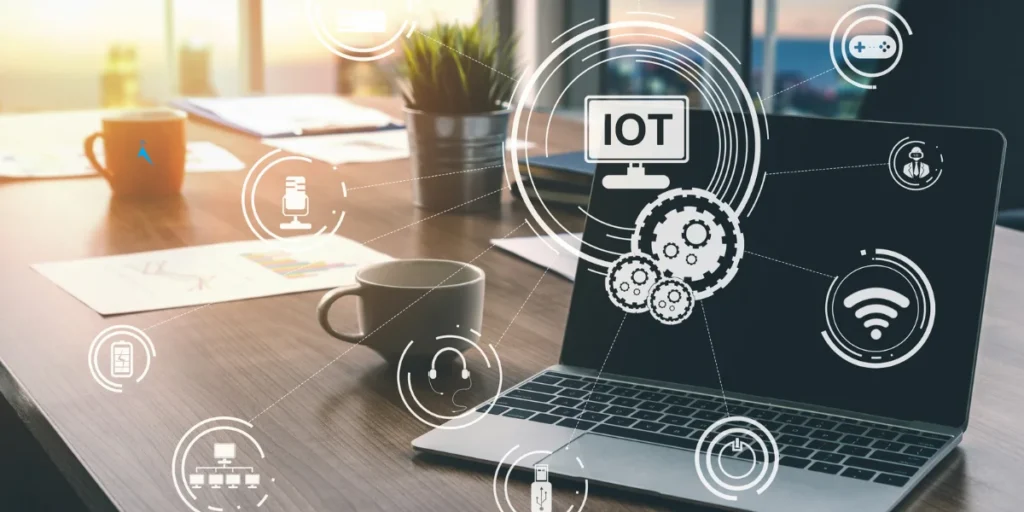
Role of 3D Printing: 3D printing is redefining engineering with its ability to rapidly create intricate designs. This future trend in 3D design engineering includes innovative applications, cost-effective prototyping, and personalized manufacturing solutions.
Wrapping Up
When it comes to product development, 3D designs help engineering professionals come up with the most innovative solutions. It represents a radical change that aligns with the demands of a rapidly evolving market. As technology evolves, we expect to see even more advanced tools and techniques for creating 3D models.
Skilled design engineering experts at Immersiv Technologies are well-versed in 3D CAD and can meet any design need. You can benefit from highly competitive yet affordable solutions by outsourcing design services to us.



